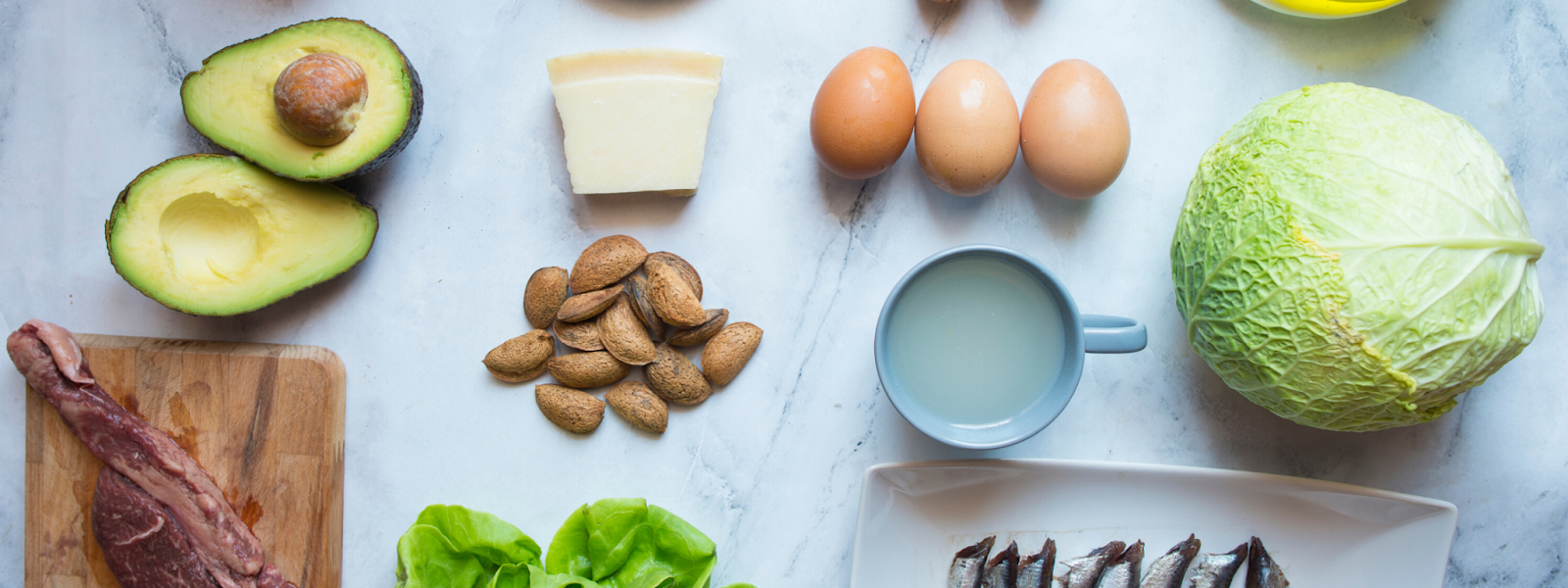As a pet owner, you want to do everything you can to keep your furry friend happy and healthy. An important part of this is making sure you are feeding them the right diet.
With so many options on the pet food aisle, it can get confusing trying to figure out what’s actually best.
Should you go grain-free? Raw? Organic? Understanding the science behind your pet’s nutritional needs can help clear up the confusion.
A Species-Appropriate Diet is Key
Cats and dogs have evolved as carnivores, meaning meat should make up the bulk of their diet. Their systems are designed for processing animal proteins and fats. However, unlike wild carnivores, our pets are not actively hunting prey. This means we need to modify their diets from what nature intended.
For cats, that means ensuring their food has plenty of animal-based proteins. Look for named meats like chicken, beef or fish rather than generic terms like “meat meal.” Cats also need the amino acid taurine, which is only found naturally in animal tissues. Most commercial cat foods are fortified with taurine for this reason.
Related: Can Horses Eat Watermelon?
Dogs are more omnivorous than cats, meaning they can thrive on a wider variety of foods. However, they also need ample protein from meat sources. Grains can provide carbohydrates, but beware of gluten allergies. High-quality carbohydrates like sweet potatoes are great options.
The Trouble with Trendy Diets
With the human food industry embracing trends like gluten-free, paleo and raw diets, it’s no surprise we want our pets to reap the benefits too. However, animals have different nutritional needs. What’s healthy for us may not be for them.
Grain-free pet foods are quite popular, but there are no studies showing health benefits compared to grain-inclusive foods. In fact, some links have been found between grain-free diets and heart disease in dogs. This is likely due to an imbalance of nutrients, rather than grains themselves being problematic.
Raw diets for pets aim to mimic what they’d eat in nature. But raw meat carries risks of bacterial contamination, and achieving nutritional completeness at home is difficult. Cooking improves digestibility and kills harmful pathogens. Human-grade ingredients sound appealing but may lack essential vitamins and minerals if not properly formulated.
Read More: Can Dogs Eat Blueberries?
The Takeaway: Balance is Key
At the end of the day, balance is the most important factor in your pet’s diet. Look for foods formulated by veterinary nutritionists that aim to provide complete and balanced nutrition. Variety of proteins, fats, carbs, vitamins and minerals is key. Pay special attention to appropriate calcium and phosphorus ratios.
Steer clear of fad diet claims not backed by science. There’s no one perfect diet, but brands that invest in research and quality control are your best bet. Work with your vet if you have any concerns about your pet’s nutritional needs. With some care and research, you can feel confident you’re giving your furry friend the best diet for a long and healthy life.
